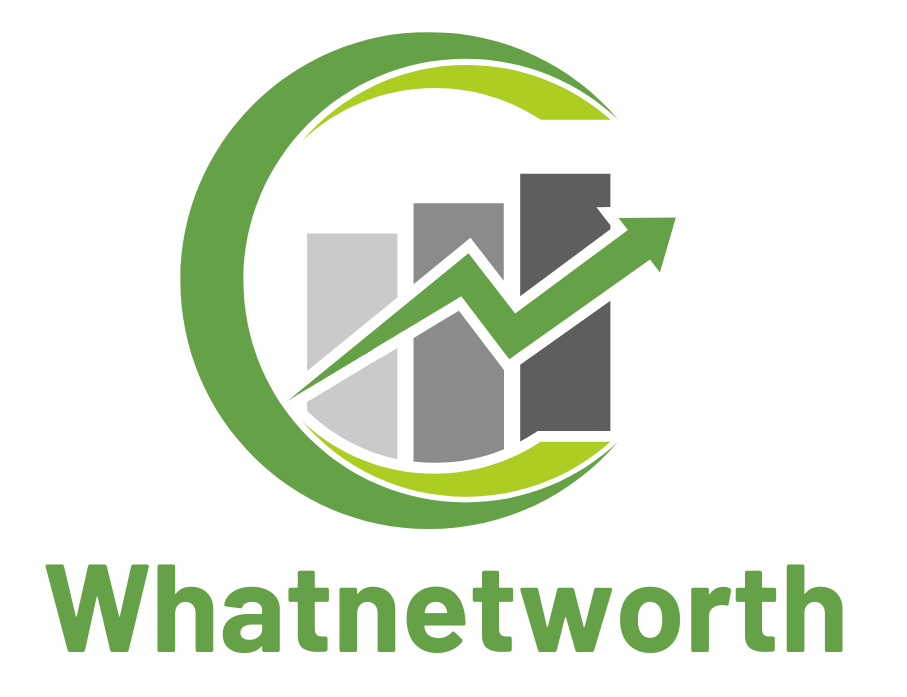Choosing the right personal loan can significantly impact your financial stability and goals. With numerous lenders and loan options available, it’s essential to focus on key features that can make a substantial difference in the overall cost and manageability of your loan. This guide explores the top five must-have features to consider when evaluating personal loans, ensuring you make a well-informed decision.
1. Competitive Interest Rates
Why Interest Rates Matter
The interest rate on a personal loan is one of the most significant factors influencing the total cost of borrowing. It represents the percentage of the loan amount that you will pay in addition to the principal. Competitive interest rates can save you substantial amounts over the life of the loan by reducing the total interest paid.
Types of Interest Rates
Fixed Interest Rates: A fixed-rate personal loan offers stability as the interest rate remains constant throughout the loan term. This feature ensures predictable monthly payments, making it easier to budget and plan.
Variable Interest Rates: A variable-rate loan, on the other hand, fluctuates based on market conditions or an index rate. While it may start with a lower rate than a fixed-rate loan, it can increase over time, potentially raising your monthly payments.
How to Find the Best Rate
To secure the most competitive rate, compare offers from multiple lenders. Use online comparison tools to evaluate rates and terms. Pay attention to the Annual Percentage Rate (APR), which includes both the interest rate and any additional fees, providing a more accurate measure of the loan’s total cost.
2. Flexible Loan Terms
Understanding Loan Terms
The loan term is the duration over which you will repay the borrowed amount. Terms typically range from one to seven years. Flexible loan terms allow you to choose a repayment period that aligns with your financial situation and goals.
Short-Term vs. Long-Term Loans
Short-Term Loans: These usually have terms of one to three years. They offer the advantage of paying off the loan quickly, reducing the total interest paid. However, they come with higher monthly payments.
Long-Term Loans: Terms ranging from four to seven years result in lower monthly payments but higher overall interest costs. They are suitable for borrowers who prefer more manageable payments over a longer period.
Choosing the Right Term
Consider your financial situation and repayment capacity when selecting a loan term. Use online calculators to estimate payments for different terms and choose one that fits comfortably within your budget.
3. Low or No Fees
Types of Fees to Watch For
Fees associated with personal loans can impact the overall cost. Look for loans with low or no fees, including:
Origination Fees: Charged by lenders to process the loan application, usually a percentage of the loan amount.
Prepayment Penalties: Fees incurred if you repay the loan early. While not all loans have prepayment penalties, they can be significant if you plan to pay off the loan ahead of schedule.
Late Payment Fees: Fees charged if you miss a payment. These can accumulate and increase the total cost of the loan.
Finding Loans with Minimal Fees
Carefully review the loan agreement for any fees and opt for lenders that offer transparent fee structures. Compare offers to find loans with minimal or no fees, reducing the overall borrowing cost.
4. Repayment Flexibility
Importance of Repayment Flexibility
Repayment flexibility allows you to adjust your payment plan based on your financial situation. This feature is valuable if your income or financial circumstances change.
Types of Flexible Repayment Options
Payment Holidays: Some lenders offer the option to take a break from payments for a specified period, which can be useful during financial hardships.
Extra Payments: The ability to make additional payments or pay off the loan early without penalties can help you save on interest and reduce the loan term.
Adjustable Payment Dates: Flexibility in changing payment due dates can provide convenience if your income schedule varies.
Evaluating Repayment Flexibility
When comparing loans, look for lenders that offer flexible repayment options. Ensure the loan agreement allows for adjustments based on your financial needs and preferences.
5. Lender Reputation and Customer Service
Why Lender Reputation Matters
A lender’s reputation and customer service quality can significantly affect your loan experience. A reputable lender will provide transparent terms, fair practices, and reliable support throughout the loan process.
How to Assess Lender Reputation
Customer Reviews: Research customer reviews and ratings to gauge the lender’s reputation. Positive feedback indicates a history of satisfactory customer experiences and reliable service.
Customer Support: Evaluate the quality of customer support provided by the lender. Access to responsive and knowledgeable support can be invaluable if you encounter issues or have questions during the loan term.
Choosing a Reputable Lender
Check online reviews, ratings, and feedback from independent agencies to assess the lender’s reputation. Opt for lenders with a proven track record of positive customer experiences and responsive support.
Conclusion
Selecting the right personal loan involves evaluating several key features to ensure the loan aligns with your financial needs and goals. Focus on obtaining competitive interest rates, choosing flexible loan terms, minimizing fees, ensuring repayment flexibility, and selecting a reputable lender. By considering these must-have features, you can make an informed decision and secure a loan that supports your financial well-being.
Thoroughly research and compare loan offers to find the best option for your situation. Understanding these essential features and their implications will empower you to choose a personal loan that meets your needs and minimizes financial stress
